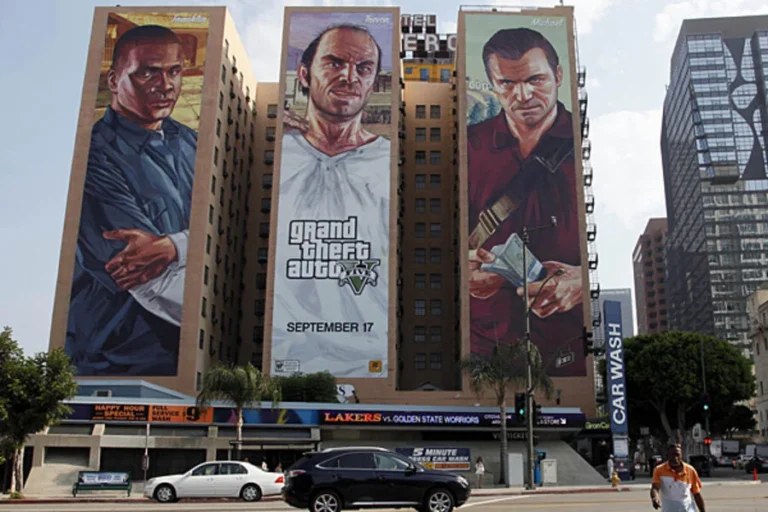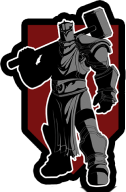If you check out the Steam page for Baldur’s Gate 3, you’ll see something strange: both the developer and publisher are listed as Larian Studios. Now if Baldur’s Gate 3 was a low-budget Isometric RPG, that would make more sense. But Baldur’s Gate 3 is HUGE, in a way that few games are. The game has 17,000 ending variations, features 174 hours of cut-scenes, its script is 2 million words long, all the dialogues are voiced, the graphics look gorgeous, and it had quite a bit of hype and marketing surrounding it. Most revealing, it had more than 400 people working on it. By all accounts, this is an AAA mega-game. So how did Larian Studios manage to make something so big all by itself, without the help of some big publisher?
In this article by Polydin game outsourcing studio, we’ll try to explain how Larian Studios manages to bypass one of the biggest obstacles of game development – the money-hungry publisher – and deliver something that frankly puts most of them to shame.
A Short History of Larian Studios
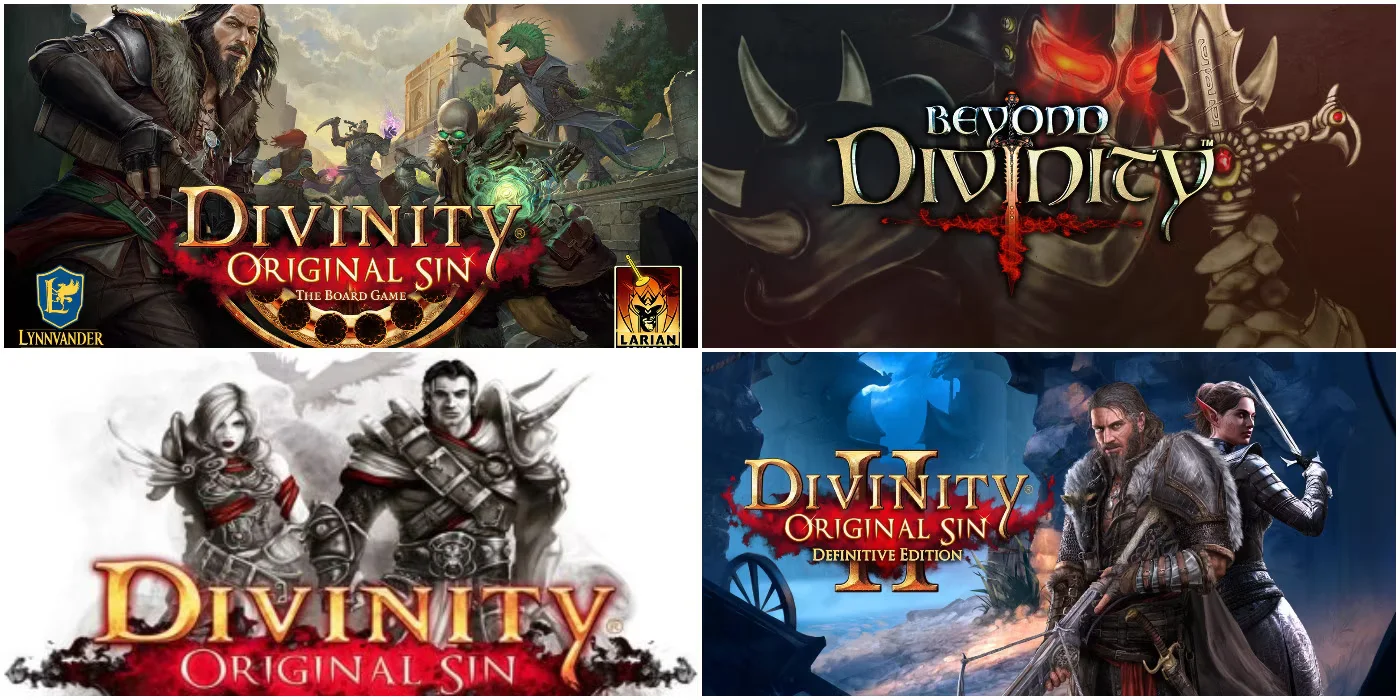
Larian Studios was founded in Ghent, Belgium in 1996 by a guy called Swen Vincke. Swen is the mastermind behind Larian’s success, and for someone who has been in the game industry for more than 20 years, he seems pretty chill, upbeat, and humorous. Larian Studios’ first game was Divine Divinity, published in 2002. Divine Divinity was a combination of Ultima 7’s world design with Diablo 2’s combat and level-up system. If you know anything about these two games, you know this was a killer combination, and Larian managed to make the best of it.
To this day, Divine Divinity remains one of the most beloved cult classics among RPG fans, with its beautiful soundtrack, lovely world design, and excellent pacing. Even though Divine Divinity was telling a serious story, it always carried a certain whimsicality and humor that has been a hallmark of Larian Studios games since then. Larian Studios’ style of humor is a fitting reflection of Swen’s personality.
After Divine Divinity, Larian made Beyond Divinity, published in 2004, which was a more linear spin-off of the game. Although Beyond Divinity was a unique game for its time and as charming as its predecessor, it did not spend enough time in the oven and was undercooked in many aspects. The most glaring undercooked element was the game’s weird RPG progression system, which featured a lot of useless skills and stats. The game’s uneven difficulty exacerbated this problem. The game could become unbearably frustrating if you didn’t level up the right way.
After Beyond Divinity, Larian started working on educational games for children from 2004 to 2011, probably as a way to stay afloat as a gaming company and provide enough money to make a proper sequel to Divine Divinity.
The work on the sequel started in 2006. The game had a clear hook from its inception: the player could turn into a dragon. After three years of development, this sequel was published as Divinity II: Ego Draconis in 2009. Apart from its draconian hook, Divinity II was a standard 3rd person action RPG experience that was popular at the time, with its game-play consisting of questing, talking with NPCs, and exploring the world.
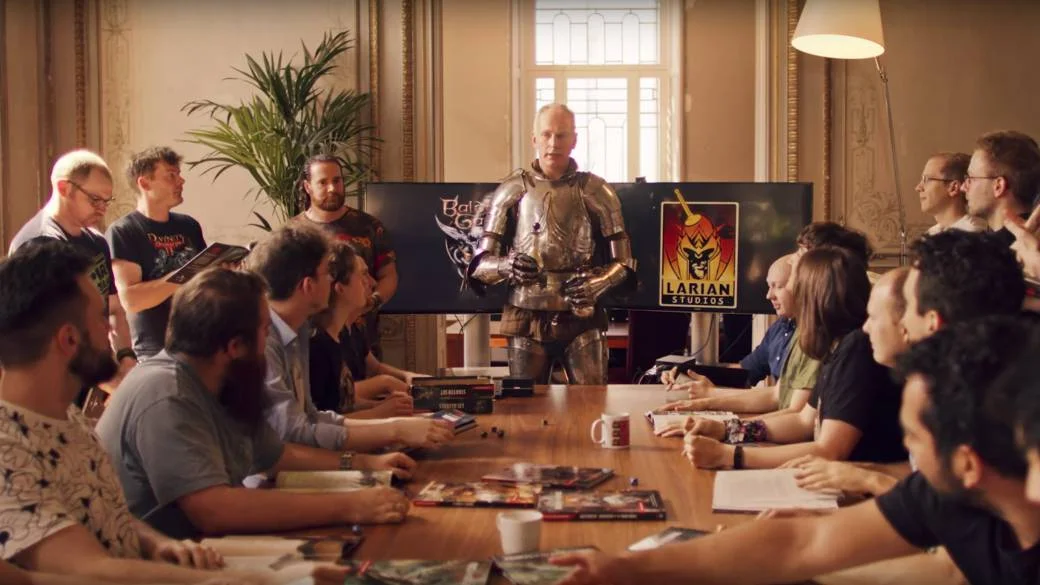
Divinity II: Ego Draconis was published in a rushed state and received less than ideal reception. The game’s underperformance left Larian in debt, and to get out of it, the studio envisioned two projects: Project E, which later would become Divinity: Original Sin, and Project D, which later became Divinity: Dragon Commander.
At first, Divinity: Dragon Commander, an RTS spin-off, was supposed to be the bigger game between the two, with Original Sin being a small traditional RPG. But as the development progressed, Larian Studios put everything they had on Original Sin, even taking resources from Dragon Commander to finish the game. By 2013, thanks to the Kickstarter renaissance, Larian was able to crowdfund the game and raise 1 million dollars. The goal of Kickstarter was to make it possible to expand the scope of the game. With that 1 million dollars, the game’s budget was approximately 4 million Euros.
Original Sin, published in June 2014 after some delays, went on to become very successful, both among critics and fans. It became Larian’s fastest-selling game and basically saved the studio from collapse. If Original Sin had failed, that would likely mark the end of Larian.
However, with Divinity: Original Sin 2, published in 2017, Larian truly hit the jackpot and became the studio capable of making something like Baldur’s Gate 3 by itself. It was after this game that Wizards of the Coast became confident in their ability to handle Baldur’s Gate 3 because before OS2, they had applied for that job, and they were rejected on the account of being too inexperienced.
How Larian Went from Being Indie Studio to a Juggernaut
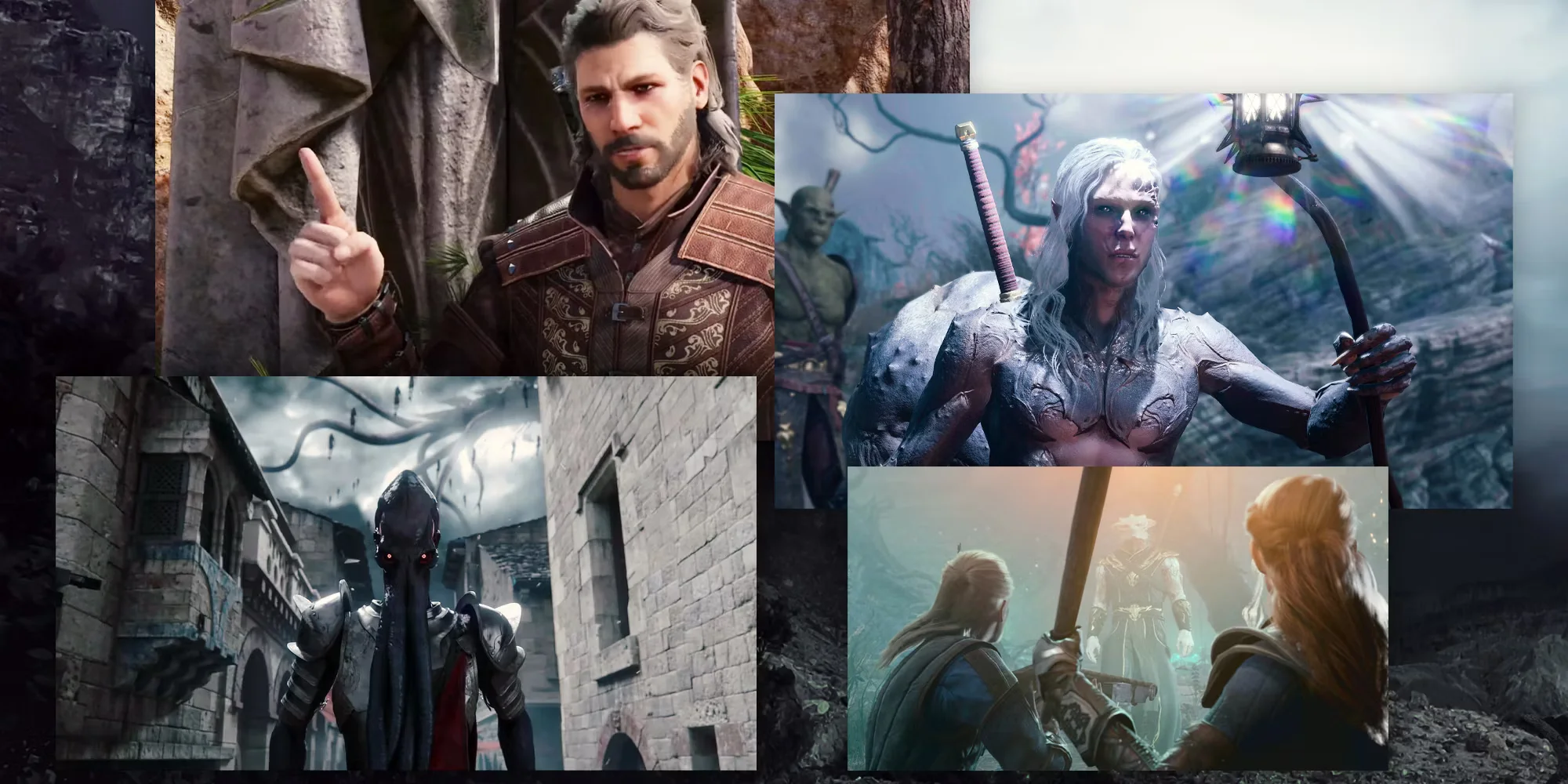
Before making Original Sin 2, Larian Studios only had 40 employees. During the development of Original Sin 2, the studio expanded to 130 members and four international branches.
Original Sin 2 also had a wildly successful Kickstarter, raising over 2 million dollars and reaching its stretch goals so fast that they were not even specified yet in some cases. According to Larian, they were able to fund the game by themselves. Still, the feedback of the backers was important to them, and they wanted to utilize it as much as possible during the development.
In an interview with Eurogamer, Swen said that Original Sin 2 sold three times more than OS1. In a GDC talk in 2019, he reported that OS1 had sold 2.5 million copies. So if we take that into account, that means OS2 has sold at least 7.5 million copies, and these numbers are probably even higher in 2023.
Thanks to Kickstarter and Swen’s excellent management, Larian managed to publish both OS1 and OS2 by itself and only used the help of Focus Home Interactive and Bandai Namco to publish the console versions of DS1 and DS2 respectively. This means that all the royalty for OS1 and OS2 – at least for the PC version, the main platform – went to Larian itself.
Larian, a Hallmark of Good Financial Management
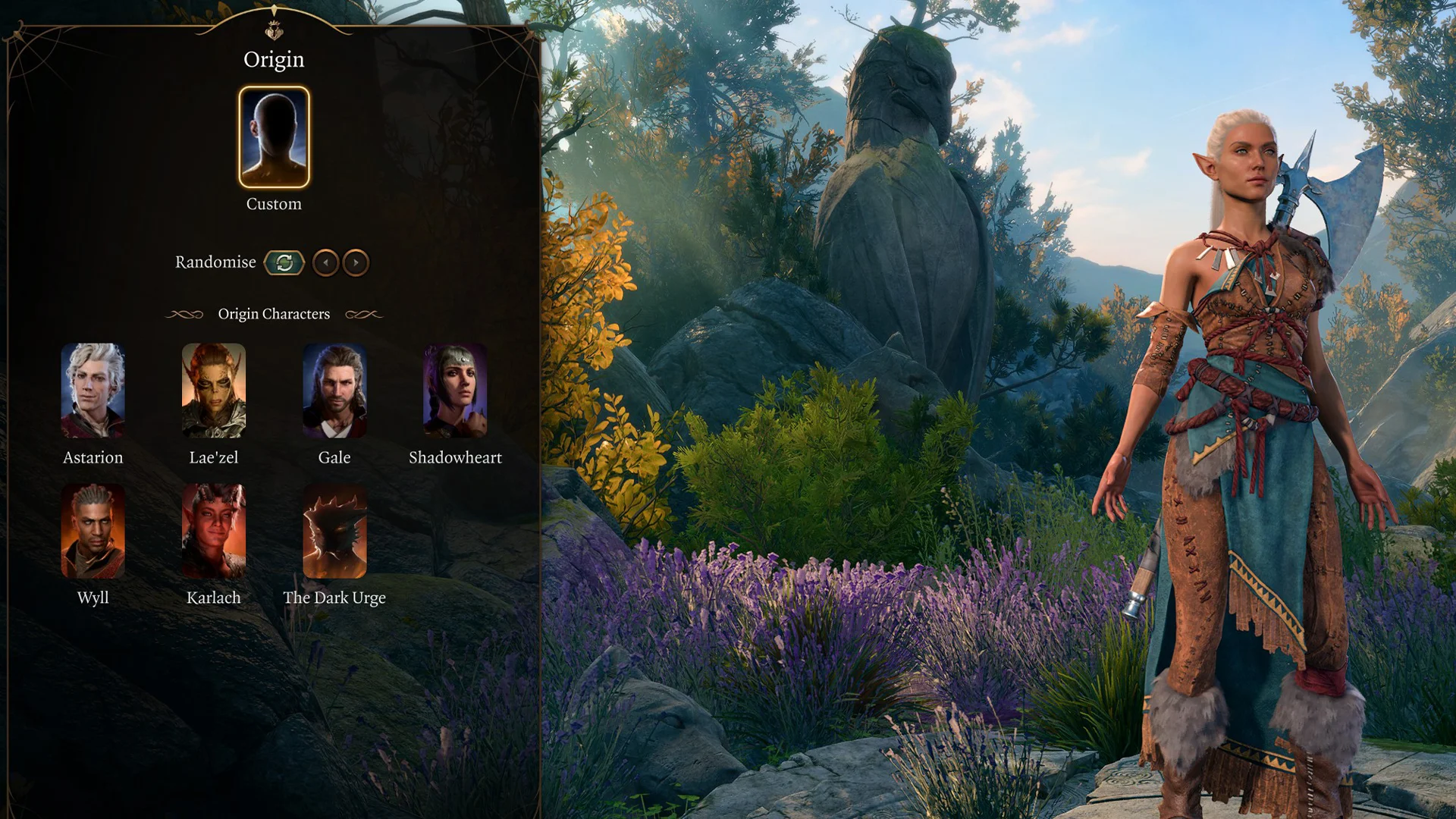
In a way, the story of Larian is similar to its Polish counterpart, CD Projekt. Both were small European companies founded by hardcore gamers, working on a small scale at first and then expanding unimaginably thanks to making high-quality games and also using Europe’s lower competitiveness and development cost to their advantage.
Both CD Projekt and Larian Studios have published AAA quality mega games without a publisher. In the case of CD Projekt, it’s easier to explain how they managed to do this. After The Witcher 1, which Atari published, CD Projekt founded its distribution platform called GOG.com. GOG sold fan-favourite old games without DRM and remains Steam’s most successful and respected competitor today. GOG provided all the revenue CD Projekt needed to fund its games, including The Wicher 2, The Witcher 3, and Cyberpunk 2077.
Larian does not have a platform like GOG. All it had were the royalties from OS1 & OS2, which were a lot, but not enough to fund a huge game like Baldur’s Gate 3, especially considering the game’s unusually long 6-year development (The Covid Pandemic and the Russia-Ukraine war were the main causes for this long development time. In the case of the war, Larian had a branch in Russia and had to shut it down after the war). So Larian decided to do something few companies had done: selling an early-access version of the game in 2020, 3 years before the full game was released. The early access contained the first chapter of the game, which translated to 25 hours of playtime.
Usually, outside of the indie game sphere, studios do not sell early-access versions of their games so early because it leaves a not-quite-good first impression on anyone who plays it. Also, people might accuse the developer of using them as free beta testers. But Larian had the goodwill of the gaming community, so they knew they could afford to sell a fracture of the game and expect people to show up and buy it without review-bombing it. As you can see, having a good reputation and track record can go a long way. Baldur’s Gate 3 early access version sold well and proved to be a valuable source of feedback for Larian. For a game as big as Baldur’s Gate 3, player feedback and bug report is as essential as the game design itself. Although the saved files for the early access version are not transferable to the main game, many people were just happy to provide the feedback Larian needed and pay the full price for the game (60 dollars) while doing it.
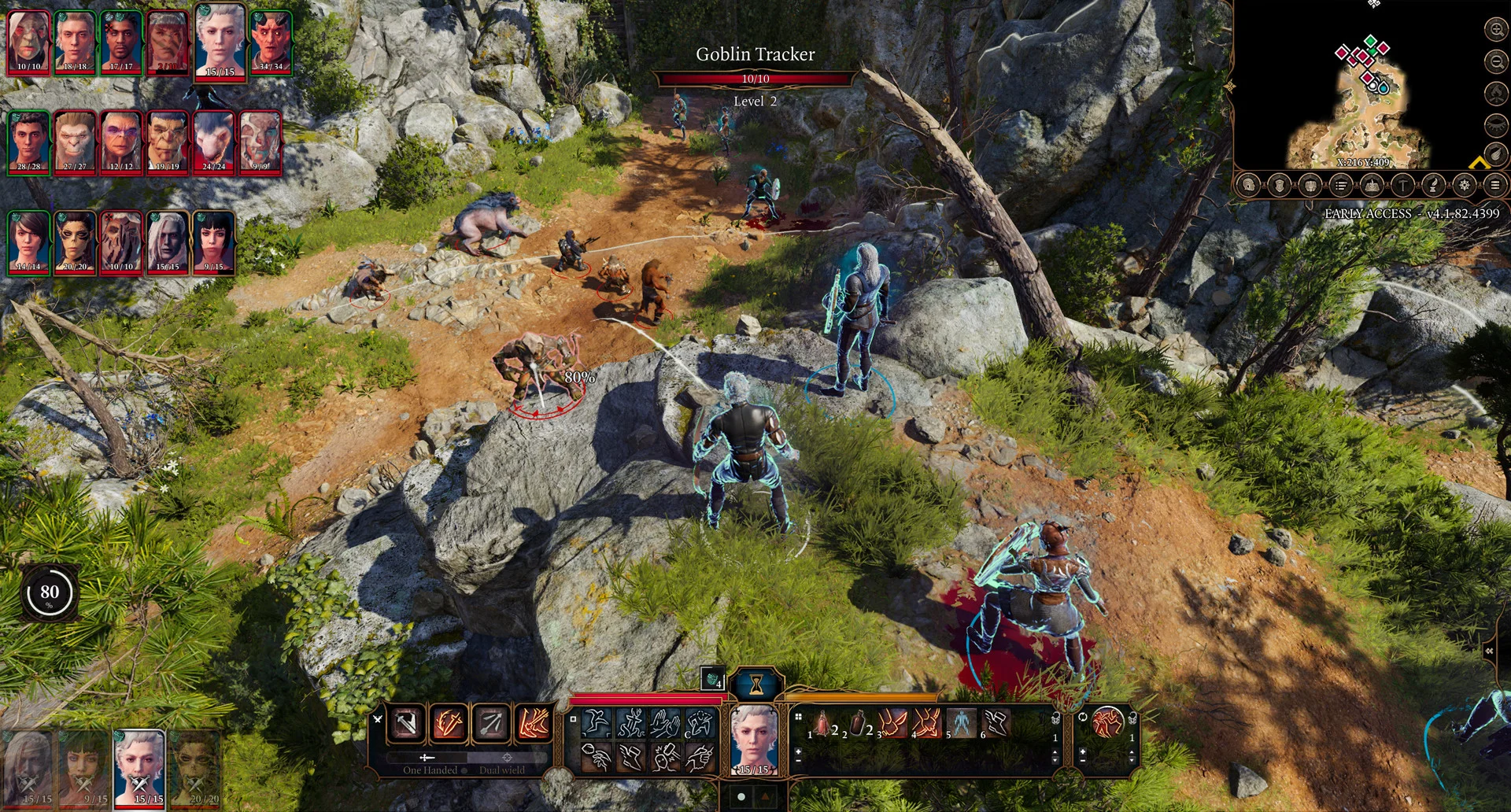
Another savvy decision by Larian was to make deals with Google to publish the game on Stadia alongside PC. Although Google Stadia died before the game’s release, this deal helped the studio financially at the time.
Finally – and this is very important – what allowed Larian to become what it is today is that most of the company shares are owned by Swen Vincke and his wife. History has shown that every time a game developer starts playing fast and loses the shares of their company, they start losing control of the company to people who do not care about it and ultimately destroy it. Vince never did that, even when the company was going through tough times. He has also resisted being bought by bigger companies like Microsoft, saying that while such propositions are “always flattering, [but even though] I’m getting older, I’m certainly not done yet”.
So while numerous elements contributed to Baldur’s Gate 3’s success, the most fundamental reason behind its success was that most of its shares were owned by its founder, a passionate gamer and a great leader who cares about making a great game more than anything. Baldur’s Gate 3 could not be made if Swen and his team had to answer to the publisher’s demands, which would prioritize investor happiness above all else.
How Long did BG3 Take to Make?
The development of Baldur’s Gate 3 spanned several years, with early planning and pre-production beginning around 2016. Larian Studios officially announced the game in 2019, and it entered early access in October 2020. The early access period allowed the developers to gather player feedback while refining gameplay systems, story elements, and mechanics. Finally, the full version of the game launched in August 2023, marking nearly seven years of development.
This extended timeline reflects the complexity of creating a highly detailed RPG. The game’s intricate branching narrative, fully voiced dialogue, and turn-based combat system, all set within the sprawling Forgotten Realms, required significant time and resources. Larian Studios’ commitment to delivering a polished, content-rich experience contributed to the lengthy development cycle. The war between Russia and Ukraine and the Covid Pandemic also contributed to the game’s long development cycle.
Challenges in Developing Baldur’s Gate 3
Developing Baldur’s Gate 3 posed numerous challenges, many stemming from its ambition to uphold the legacy of the original series while pushing the boundaries of modern RPG design.
Adapting Dungeons & Dragons Rules
Translating the intricate mechanics of the 5th Edition Dungeons & Dragons ruleset into a digital format was a significant challenge. Larian had to balance faithfulness to the source material with accessibility for players unfamiliar with tabletop gaming. This required careful tuning of game mechanics like dice rolls, character customization, and combat to ensure they felt engaging in a video game setting.
Branching Narrative and Player Choices
The game’s narrative complexity, with hundreds of choices influencing the story, characters, and outcomes, demanded meticulous scripting and testing. Ensuring that these choices felt meaningful without breaking the narrative flow or creating inconsistencies was a monumental task.
Technical Challenges
Building a massive open world with seamless exploration and interaction presented technical hurdles. The team faced challenges with AI behavior, environmental interactions, and maintaining performance across platforms. The addition of multiplayer functionality further complicated the development process, requiring robust systems to synchronize player actions in a dynamic environment.
Player Expectations
As the successor to a beloved franchise, Baldur’s Gate 3 carried high expectations from fans. Balancing nostalgia with innovation required thoughtful design decisions to honor the series’ roots while introducing new ideas to captivate a modern audience.
Despite these challenges, Baldur’s Gate 3 has been celebrated as a landmark RPG, demonstrating Larian Studios’ dedication to creating a groundbreaking experience.
Conclusion
Baldur’s Gate 3 is so good that some game developers feel threatened by its quality and have gone on record, stating that Baldur’s Gate 3 should not raise the industry standard and customer expectations, as it was created under unique conditions, and other developers cannot keep up. IGN has explored this topic in one of its recent videos, arguing why this line of thinking is incorrect. The fact that Larian Studios has managed to achieve such a high level of quality is truly astonishing and stands as a testament to Swen Vincke’s exceptional leadership skills. The more independent Larian became, the better it became. Larian Studios should serve as a model for all game developers founded in smaller countries. If you operate without being overshadowed by investors and shareholders and their, at times, tempting offers, you have the opportunity to develop your studio in the way you desire. Perhaps someday, you can attain the same level of quality as “Larian.” All we can say is that if you’re someone like Swen Vincke, it’s wise to retain the majority of your shares and resist selling out. You’re destined for greatness.

